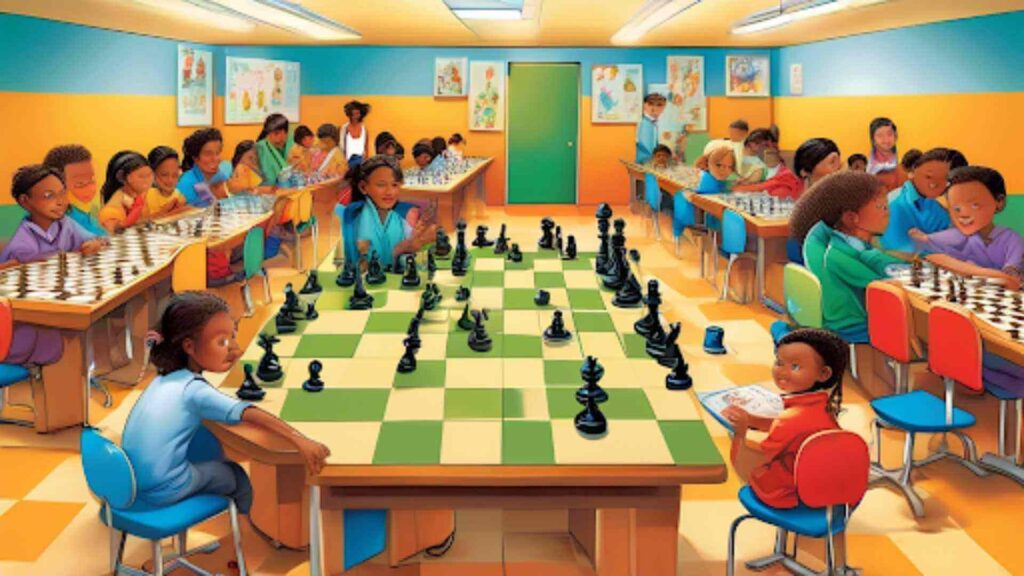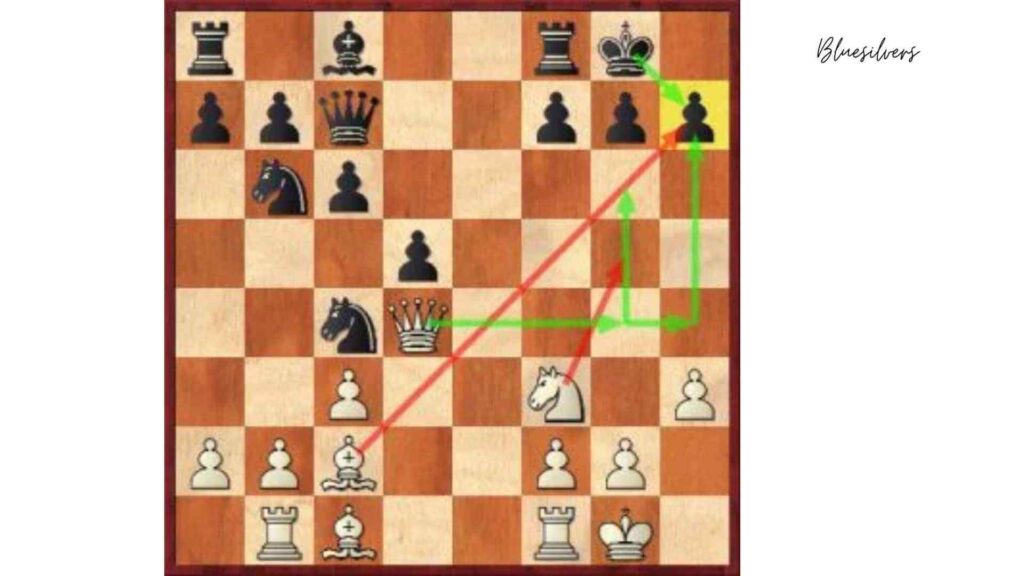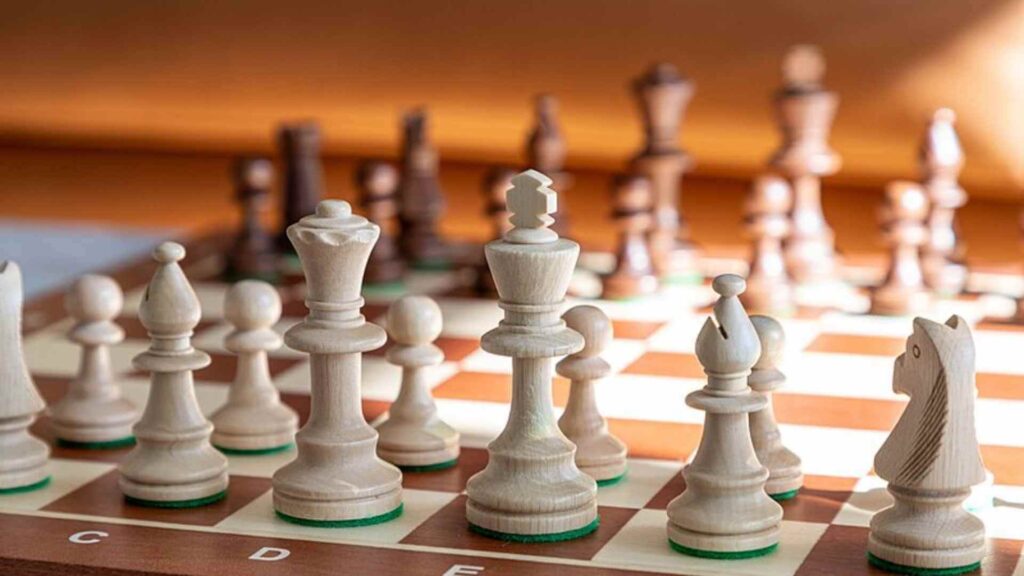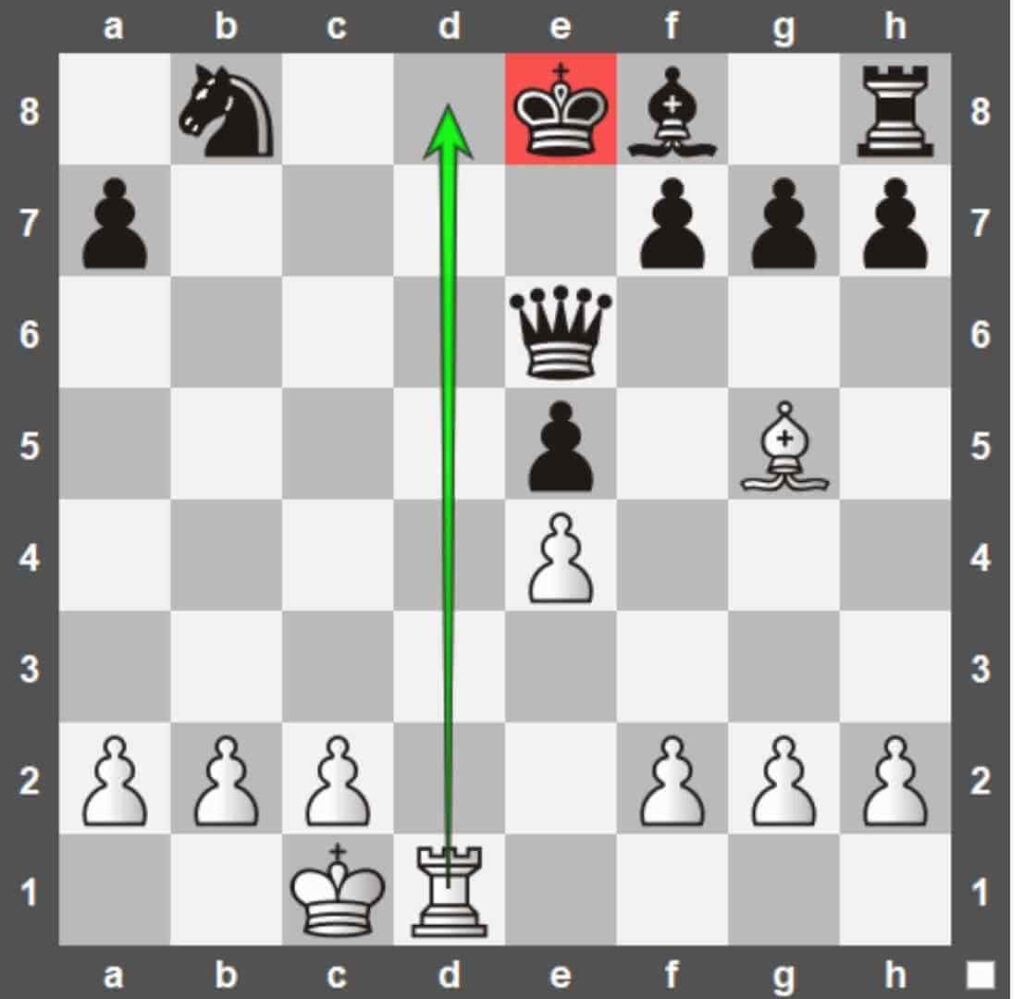Bluesilvers Chess Training Syllabus for Beginners
Bluesilvers offers a comprehensive chess training syllabus designed to guide beginners through the foundational principles of chess. Our goal is to foster a deep understanding of the game, develop critical thinking and strategic skills, and build confidence in chess players as they advance through levels. This syllabus is structured to provide step-by-step learning in a progressive manner, ensuring that students grasp each concept before moving on to more advanced techniques.
1. Introduction to Chess (Week 1)
Objective: Familiarize students with the basic rules, pieces, and the chessboard.
- Lesson 1: Introduction to the chessboard
- Understanding the 8×8 grid and its coordinates (a1 to h8).
- Identifying the pieces: King, Queen, Rooks, Bishops, Knights, and Pawns.
- Setting up the chessboard correctly and understanding the starting position.
- Lesson 2: Movement of pieces
- Rook, Knight, Bishop, Queen, King, and Pawn movements.
- Special pawn moves: En passant, promotion, and double-step move on the first turn.
- Basic piece interactions and capturing pieces.
- Lesson 3: The goal of the game
- Understanding check, checkmate, and stalemate.
- Introduction to the concept of a draw and the basic rules of resignation.
Activities: Practice setting up the board, moving pieces, and playing simple practice games.
2. Opening Principles (Weeks 2-3)
Objective: Teach students the importance of the opening phase and the basic principles for effective play.
- Lesson 4: The concept of opening principles
- Control the center: Importance of the central squares (d4, d5, e4, e5).
- Developing pieces: Move knights and bishops early.
- Early castling for king safety.
- Avoid moving the same piece multiple times in the opening.
- Lesson 5: Basic opening strategies
- Common opening moves for White (e4, d4) and Black (e5, c5).
- Introduction to simple opening systems (e.g., Italian Game, Sicilian Defense).
- Understanding the importance of piece coordination in the opening.
- Lesson 6: Basic opening traps and tactics
- Common opening traps: Fool’s Mate, Scholar’s Mate.
- How to avoid common beginner mistakes and pitfalls.
Activities: Practice opening games, focusing on the key principles: controlling the center, piece development, and castling.
3. Middlegame Strategy (Weeks 4-5)
Objective: Develop students’ ability to think strategically during the middlegame and create effective plans.
- Lesson 7: Planning in the middlegame
- Identifying strong and weak squares.
- Piece activity: Assessing which pieces are active or passive.
- Identifying threats and creating counter-attacks.
- Lesson 8: Basic tactical themes
- Pins, forks, skewers, and discovered attacks.
- Recognizing and creating tactical opportunities.
- Basic combinations to win material or checkmate.
- Lesson 9: Developing pawn structures
- Understanding weak pawn structures: isolated pawns, doubled pawns.
- Importance of pawn breaks and pawn majority.
- Using pawns to control space and restrict the opponent’s pieces.
Activities: Solve tactical puzzles focusing on forks, pins, and skewers. Practice executing tactical themes during play.
4. Endgame Fundamentals (Weeks 6-7)
Objective: Teach students how to convert advantages into victories during the endgame.
- Lesson 10: Introduction to endgames
- King and pawn versus king endgame.
- Basic checkmate patterns: King and queen versus king, king and rook versus king.
- Understanding opposition and zugzwang.
- Lesson 11: The concept of a passed pawn
- How to push passed pawns to promotion.
- Defending against passed pawns.
- Lesson 12: The role of the king in the endgame
- Activating the king for both defense and offense in the endgame.
- King safety in the endgame: Avoiding stalemate and perpetual check.
Activities: Practice king and pawn endgames. Solve simple endgame puzzles. Play endgame-focused mini-games.
5. Introduction to Chess Tactics and Strategy (Weeks 8-9)
Objective: Deepen the understanding of tactical and strategic elements of chess.
- Lesson 13: Key tactical motifs
- Deep dive into forks, pins, skewers, and double attacks.
- Recognizing combinations that lead to winning material.
- Intermezzo: A tactic where an intermediate move forces a change in the position.
- Lesson 14: Strategic concepts in chess
- Understanding good versus bad pieces.
- The concept of open and closed positions.
- The importance of piece coordination and timing in attacking and defending.
- Lesson 15: Defending and counter-attacking
- How to defend against attacks and create counter-attacks.
- Recognizing and neutralizing threats from your opponent.
Activities: Practice common tactical patterns and strategies through exercises and games.
6. Practice Games and Analysis (Weeks 10-12)
Objective: Reinforce all learned concepts through practical application and analysis.
- Lesson 16: Playing practice games
- Students play full games against each other under instructor supervision.
- Focus on applying the opening principles, middlegame tactics, and endgame strategies.
- Lesson 17: Analyzing games
- Post-game analysis: Identifying mistakes and learning from them.
- Discussing alternative moves and better strategies.
- Encouraging self-reflection and continuous improvement.
- Lesson 18: Chess puzzles and challenges
- Encourage students to solve chess puzzles that focus on combinations, checkmates, and tactics.
- Regular “chess challenge” games to increase speed and improve decision-making.
Activities: Play games, analyze them together, and solve puzzles to strengthen problem-solving and critical thinking skills.
Conclusion and Next Steps
Upon completing this syllabus, students will have developed a strong foundation in chess fundamentals, including the opening, middlegame, and endgame strategies. They will have an understanding of chess tactics such as forks, pins, and skewers and will be able to confidently engage in full games. The next steps involve exploring more advanced topics, such as openings theory, deep tactical combinations, and grandmaster strategies.
Bluesilvers will continue to provide ongoing practice opportunities through chess clubs, online play, and tournaments. As students progress, they will learn to refine their skills and develop a personal playing style. This syllabus ensures that beginners have all the tools they need to become confident and strategic chess players.




